AWS GenAI Listening Session
AWS NIH Team
BRC 03C219 (Hybrid)
September 25, 2025
2:00 – 3:00 PM
The NIDA/NIH AWS Team are trying to gain a deeper understanding of the unique challenges and opportunities for both researchers and data scientists at NIDA where science and technology intersect. Whether its storage & compute, interoperability to GenAI – they would like to find out:
- Current technical challenges or areas in need of improvement;
- How you envision technology supporting scientists in the future;
- What an ideal solution would look like from your perspective
They are particularly interested in keeping the end-user – you and your team and other scientists – at the forefront of any potential solutions.
If you are interested in attending or have questions, please reach out to Lem Brown, Technology Resources Initiative Coordinator.
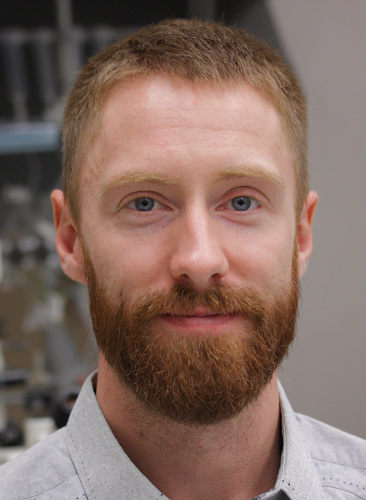 James Frank, Ph.D.
James Frank, Ph.D.
Assistant Professor of Chemical Physiology and Biochemistry, School of Medicine
Joint Appointment, Vollum Institute
Graduate Program in Biomedical Sciences, School of Medicine
Neuroscience Graduate Program, School of Medicine
M.D./Ph.D. Program Committee, School of Medicine
Title
Chemical Biology Approaches for Controlling Cannabinoid Signaling Pathways with Light
Date and Time
Tuesday, November 5, 2024, 10:00 am
Onsite Location
BRC 03C219
Zoom Link
https://nih.zoomgov.com/j/1603988023?pwd=YjA4RU5VWDZpRUp5TENsOHBlUEszdz09
Olusola Ajilore, M.D., Ph.D.
Associate Head for Faculty Development
University of Illinois Center for Depression and Resilience (UI CDR)
Professor of Psychiatry
Director, Mood and Anxiety Disorders Program
Director, Clinical Research Core/Center for Clinical and Translational Science
Director, Adult Neuroscience Residency Research Track
Co-Director, UICOM Medical Scientist Training Program
Department of Psychiatry
University of Illinois-Chicago
Title
Low Cost, High Tech, All Access: Addressing Mental Health Challenges with Technology
Date and Time
Tuesday, October 22, 10:00 am
Onsite Location
BRC 03C219
Zoom Link
https://nih.zoomgov.com/j/1603988023?pwd=YjA4RU5VWDZpRUp5TENsOHBlUEszdz09
 Sanjay Maggirwar, M.B.A., Ph.D.
Sanjay Maggirwar, M.B.A., Ph.D.
Title
Clonal hematopoiesis in monocytes contributes to HIV-associated neuroinflammation
Date and Time
August 13, 2024, 10:00 am
Onsite Location
BRC 03C219
Zoom Link
https://nih.zoomgov.com/j/1603988023?pwd=YjA4RU5VWDZpRUp5TENsOHBlUEszdz09
 David Leopold, Ph.D.
David Leopold, Ph.D.
Senior Investigator, Section on Cognitive Neurophysiology and Imaging, Laboratory of Neuropsychology, National Institute of Mental Health
Title
Widespread and cell-selective gene transfer in the primate brain through ultrasound-guided fetal transduction
Date and Time
April 23, 2024, 3:30 pm
Onsite Location
BRC 03C219
Zoom Link
https://nih.zoomgov.com/j/1603988023?pwd=YjA4RU5VWDZpRUp5TENsOHBlUEszdz09
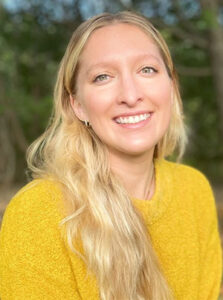 Elizabeth A. Bartlett, Ph.D.
Elizabeth A. Bartlett, Ph.D.
Molecular Imaging and Neuropathology Area, New York State Psychiatric Institute and the Department of Psychiatry, Columbia University Medical Center, New York, New York
Title
Portable Brain Imaging in Humans using Positron Emission Tomography (PET)
Date and Time
February 9, 2024, 10:00am
Onsite Location
Room 3C219
Zoom Link
https://nih.zoomgov.com/j/1603988023?pwd=YjA4RU5VWDZpRUp5TENsOHBlUEszdz09
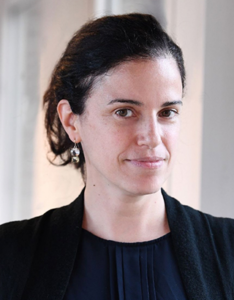
Dr. Elisa E. Konofagou
Robert and Margaret Hariri Professor of Biomedical Engineering and Professor of Radiology (Physics), Dept of Biomedical Engineering, Columbia University
Title
Ultrasound neuromodulation for neuropathic pain treatment
Date
October 10, 2023
 Dr. Manu Platt
Dr. Manu Platt
Director, Center for Biomedical Engineering Technology Acceleration (βETA)
Mechanics and Tissue Remodeling in Computational & Experimental Systems (MATRICES)
National Institute of Biomedical Imaging and Bioengineering
Title
Powers (and Problems) of Proteases in Tissue Destructive Diseases
Date
June 27, 2023
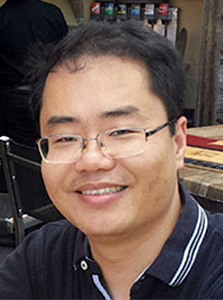 Dr.Liangcai Gu
Dr.Liangcai Gu
Assistant Professor, Biochemistry
University of Washington
Title
How far can DNA arrays go to fulfill the potential of 3D multi-omics of tissues
Date
April 25, 2023
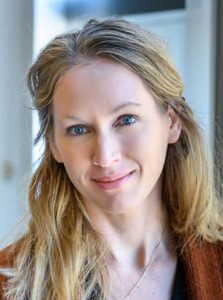 Dr. Keri Martinowich
Dr. Keri Martinowich
Lead Investigator, Lieber Institute for Brain Development
Associate Professor, Department of Psychiatry and Behavioral Sciences
The Johns Hopkins University School of Medicine
Title
Cell-type and spatially-resolved multi-omic approaches for understanding human brain disorders
Read more about the talk...Talk Summary
This talk will focus on ongoing projects, which aim to generate data and develop methods for integrating single-nucleus and spatial transcriptomics data in the human brain in the context of complex brain disorders. While single cell sequencing approaches have rapidly advanced generation of molecular profiles for various cell types in the brain, a major disadvantage of these techniques is that spatial context is lost. Here, I will first describe how we used a combination of single-nucleus and spatial transcriptomic approaches to identify layer-enriched gene expression, spatially register single nucleus RNA-seq data and assess laminar enrichment of disease associated genes in the dorsal lateral prefrontal cortex of the human brain. I will follow with a description of how we have extended these studies to other areas of the brain that are implicated in complex brain disorders, including the locus coeruleus, where the cell types and patterns of spatial gene expression are less well-understood than the cortex. Finally, I will discuss how we are incorporating proteomics with spatial transcriptomics in the human brain of donors with neurodegenerative disorders to identify the impact of tau and amyloid neuropathology on local gene expression.
Title: “Cell-type and spatially-resolved multi-omic approaches for understanding human brain disorders”
Description of the highlighted technologies by Dr. Keri Martinowich
Single Cell Sequencing
Single nucleus RNA-sequencing: I will be discussing generation and analysis of single cell gene expression. Specifically, I will discuss single-nucleus RNA sequencing and downstream analysis platforms, including integration with spatial transcriptomics data from postmortem human tissue in various brain regions. The data I will be discussing was generating with the 10X Genomics Chromium Single Cell Gene Expression platform.
Spatial Transcriptomics
Visium: I will discuss the use of the 10X Genomics Visium Spatial Gene Expression platform in postmortem human tissue in a variety of brain regions. The Visium platform allows for profiling spatial gene expression. Visium assays were performed by placing fresh-frozen tissue sections onto each of four capture areas per Visium slide, where each capture area contains approximately 5,000 expression spots (spatial locations where transcripts are captured) laid out in a regular grid, and the tissue is histologically stained with hematoxylin and eosin (H&E). Spatial barcodes unique to each spot are incorporated during reverse transcription, followed by sequencing, thus allowing the spatial coordinates of the gene expression measurements to be identified.
Visium-Immunofluorescence: The Visium-immunofluorescence platform works similarly to the parent platform, but instead of capturing high resolution H&E images that can mark the neuroanatomical boundaries, multiplexed fluorescence images are captured following antibody staining for detection of proteins of interest. Hence, the Visium-IF platforms allows for multi-omic incorporation of gene expression and protein detection to allow mapping of local gene expression in the context of protein localization. These experiments were also conducted in various regions of the human brain in postmortem human tissue, localizing proteins that are linked to neurodegeneration and other complex brain disorders.
 Dr. Jeremy Day
Dr. Jeremy Day
Associate Professor
Department of Neurobiology
University of Alabama at Birmingham
Title
Control-Alter-Delete: Gene Regulatory Mechanisms in Brain Reward Circuitry

